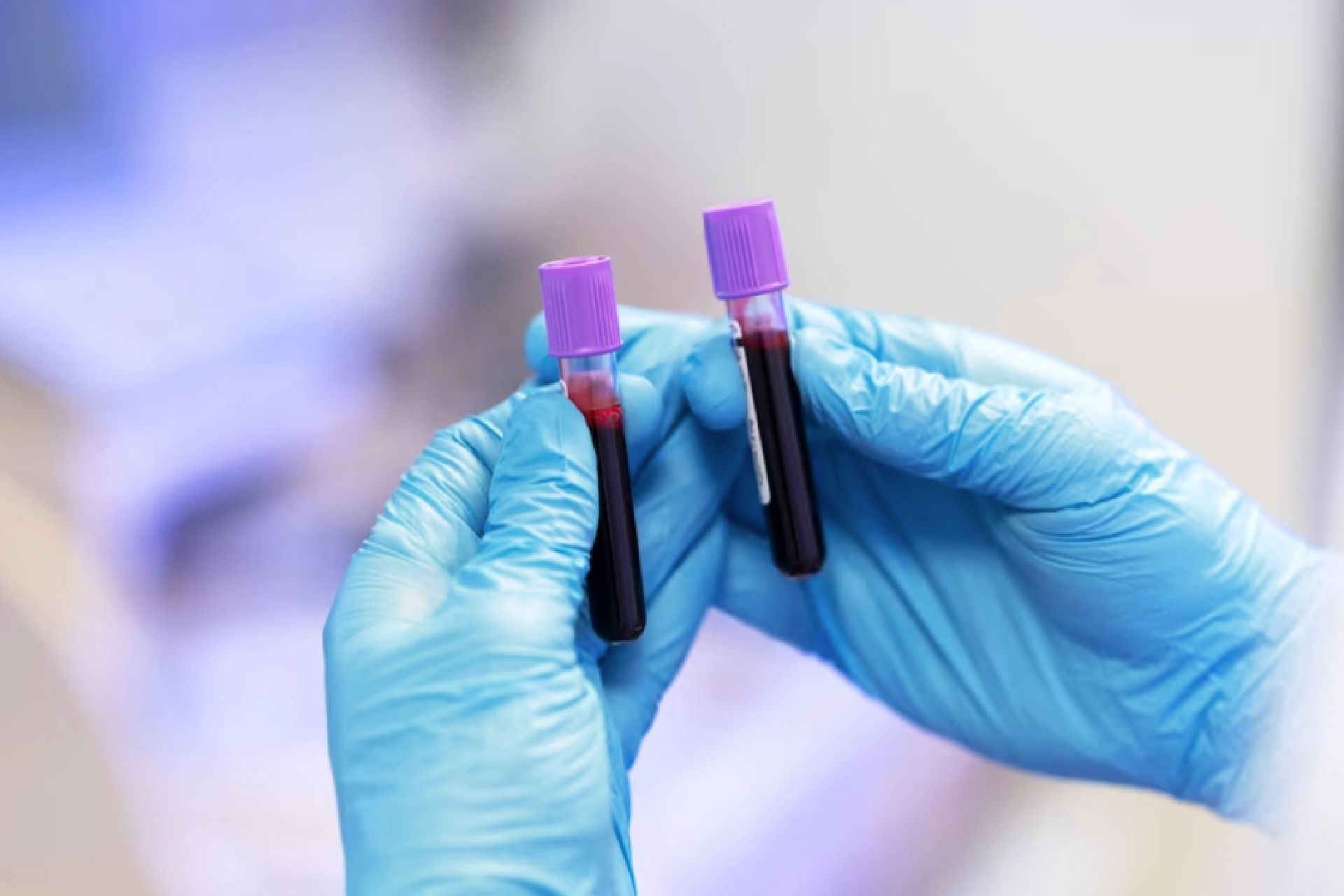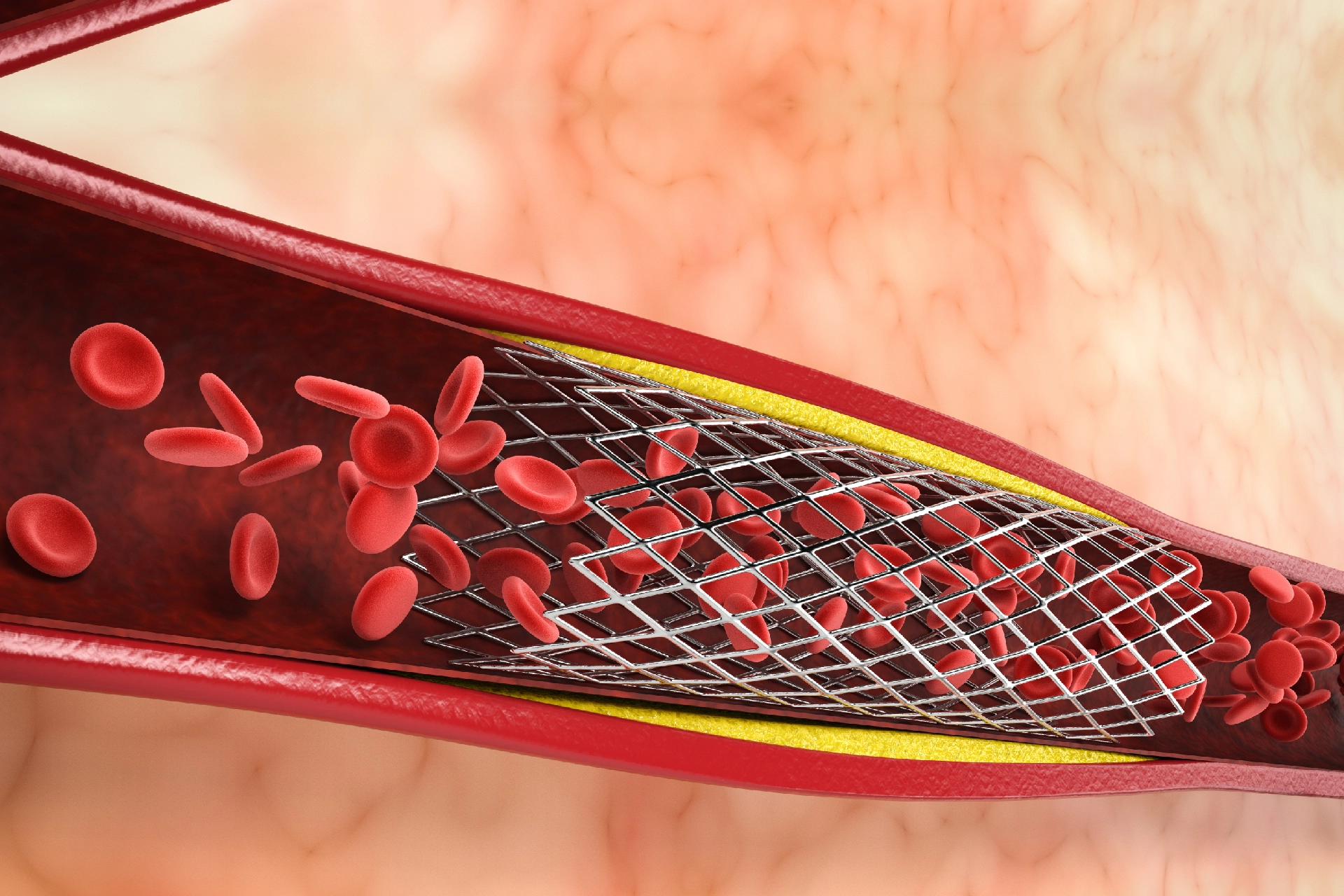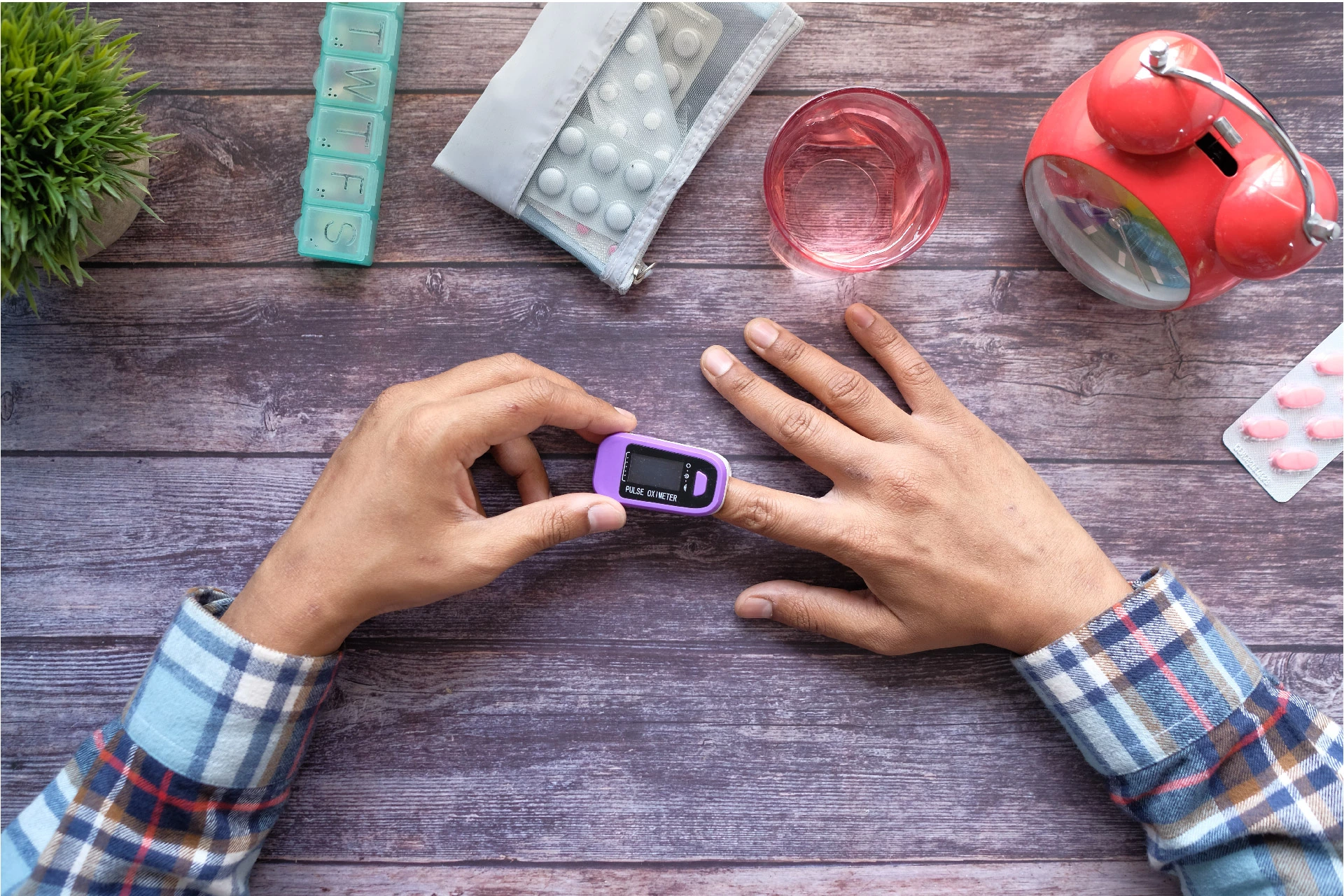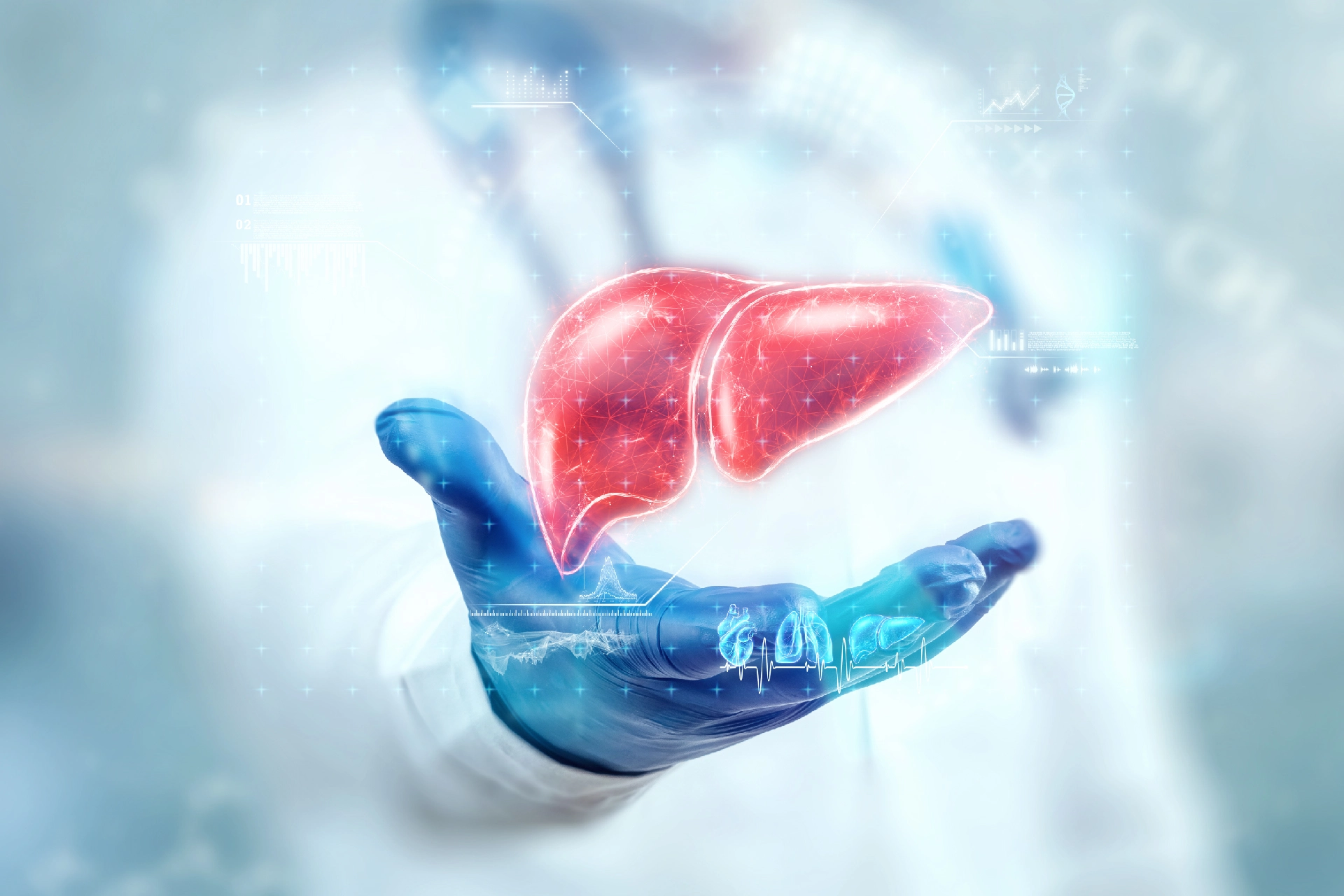Health Tests | 4 min read
How a Jaundice Test Can Help Assess Bilirubin Levels in Newborn and Adults
Medically reviewed by
Table of Content
Key Takeaways
- Jaundice is more common in infants but can affect adults too
- A jaundice test checks the bilirubin levels in the blood
- Conjugated and unconjugated are two different types of bilirubin
According to CDC, around 60% of all babies have jaundice [1]. Some newborns are prone to severe jaundice and elevated bilirubin levels. Bilirubin is a yellow pigment in the blood produced with the breakdown of red blood cells. The liver collects the bilirubin and extracts it out of the body by changing its chemical composition. You can determine it by doing Bilirubin Test.
A bilirubin test determines the quantity of jaundice bilirubin level in the blood. The test helps doctors find the causes behind anemia, jaundice, and liver diseases. Although jaundice is more common in infants, it can affect adults too. Read on to find out the safe bilirubin levels in newborns and adults, and to better understand the jaundice test.
Why is a Bilirubin Test or Jaundice Test done?
- Monitor and diagnose bile duct and liver diseases including cirrhosis, hepatitis, and gallstones
- Determine sickle cell disease and other disorders such as hemolytic anemia [2]
- Investigate jaundice in adults and infants, a condition that causes yellowing of skin and eyes due to high bilirubin level
- Assess anemia due to destruction of red blood cells
- Check or follow up on treatment
- Find out any suspected toxicity due to drugs
How is Bilirubin Level Checked through Bilirubin Test?
Bilirubin level is checked by obtaining a blood sample from your body. A small amount of blood is collected in a test tube by inserting a needle into your arm or hand. Your doctor may ask you to not eat or drink anything apart from water or avoid certain medications for several hours before the test. A bilirubin test will measure your total bilirubin and may also determine levels of the two types of bilirubin.
Unconjugated or indirect bilirubin is created from the breakdown of red blood cells and travels to the liver through the blood. Conjugated or direct bilirubin is one that undergoes a chemical change and travels to the intestines before being extracted out of the body [3].
Some of the other tests that may be done along with the bilirubin test include liver function test, albumin and total protein test, complete blood count test, and prothrombin time test [4].
Additional Read: Newborn JaundiceWhat are the Normal Bilirubin Levels?
Normal bilirubin levels in newborns within 24 hours of birth are below 5.2 mg/dL. However, high bilirubin level is common in newborns due to birthing stress. As a result, bilirubin level for 7 days baby will rise above 5 mg/dL and may have some kind of jaundice. Normal values of direct bilirubin in adults and older children are generally between 0-0.4 mg/dL. Normal values of total bilirubin are up to 1.2 mg/dL for adults and between 0.3-1.0 mg/dL for those below 18 years of age.
[caption id="attachment_5859" align="aligncenter" width="1920"]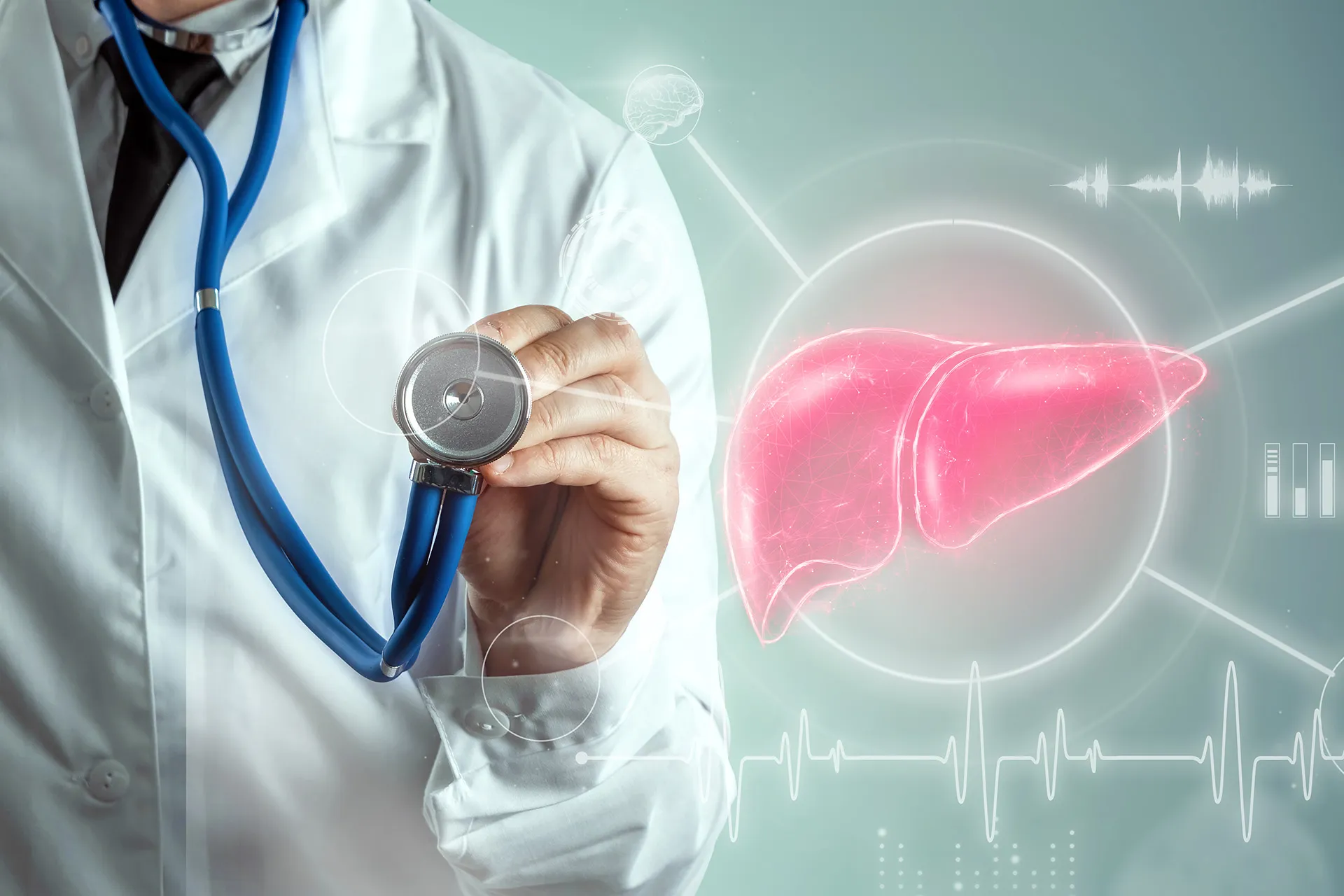 Doctor and Liver Hologram, liver pain and vital signs. Concept for technology, hepatitis treatment, donation, online diagnostics[/caption]
Doctor and Liver Hologram, liver pain and vital signs. Concept for technology, hepatitis treatment, donation, online diagnostics[/caption]
Jaundice in Infants: What are the types?
High bilirubin levels and jaundice can become severe in infants. Some common causes include infections, premature birth, lack of proteins, and abnormal blood cell shapes.
Jaundice in infants can be of three types as follows,
- Physiological jaundice
- It is caused by a delay in liver functioning and is generally not serious. It can happen between 2-4 days post birth.
- Breastfeeding jaundice
- This can be caused during the first week due to low milk supply of the mother or poor nursing.
- Breast milk jaundice
- This can be caused by some substances in breast milk and happens after 2-3 weeks of a baby’s birth.
What is the available High Bilirubin Treatment?
There are no specific drugs for treating high bilirubin levels unless for infections, tumors, or blockage. Doctors target the underlying cause for high bilirubin treatment. However, there are some preventive measures which you can take. Limit your alcohol consumption, avoid getting infected from hepatitis, and manage your weight and cholesterol levels.
Additional Read: Jaundice TreatmentWhile this condition is serious, you can do a jaundice test at home based on the symptoms. They include yellow skin and eyes, change in colors of urine and stools, itchiness, and bruises on the skin. However, it is always better to consult a doctor for proper medication and treatment. Book an online doctor consultation on the Bajaj Finserv Health platform and address all your healthcare needs. Schedule a jaundice test online, learn how to maintain normal bilirubin levels, find the best doctors in your area, and access offers on clinics with ease.
References
- https://www.cdc.gov/ncbddd/jaundice/facts.html
- https://www.hopkinsmedicine.org/health/conditions-and-diseases/hemolytic-anemia#:~:text=Hemolytic%20anemia%20is%20a%20disorder,blood%20cells%2C%20you%20have%20anemia.
- https://www.urmc.rochester.edu/encyclopedia/content.aspx?contenttypeid=167&contentid=bilirubin_direct
- https://www.uofmhealth.org/health-library/hw203083
Disclaimer
Please note that this article is solely meant for informational purposes and Bajaj Finserv Health Limited (“BFHL”) does not shoulder any responsibility of the views/advice/information expressed/given by the writer/reviewer/originator. This article should not be considered as a substitute for any medical advice, diagnosis or treatment. Always consult with your trusted physician/qualified healthcare professional to evaluate your medical condition. The above article has been reviewed by a qualified doctor and BFHL is not responsible for any damages for any information or services provided by any third party.


